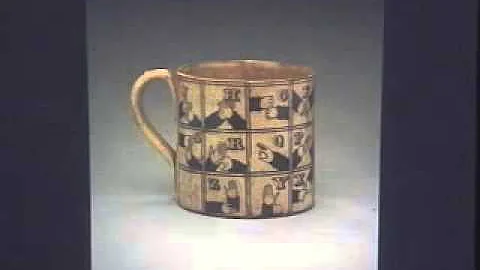
Picture of quantum memory connected to fiber . Image source: ICFO/S. Grandi
Quantum memory is one of the cornerstones of the future quantum Internet. Without them, it would be impossible to transmit quantum information over long distances and scale to true quantum networks. The task of these memories is to receive quantum information encoded in photons in the form of qubits , store it, and then retrieve it. Quantum memories can be implemented in different material systems, such as collections of cold atoms or doped crystals.
In order to become useful memories, they need to meet several requirements, such as the efficiency of their storage capabilities, duration and multiplexing to ensure the quality of the quantum communications they will support. Another requirement that has become a substantial research problem is the design of quantum memories that can be directly integrated into fiber optic networks.
In recent years, with the booming development of quantum technology, there have been many works aimed at improving the scalability of existing quantum memories (making them smaller and/or simpler devices) to facilitate their use in real working networks. Integration and deployment. This fully integrated approach poses several physical and engineering hurdles, including finding a solution that maintains good coherence properties, providing an efficient and stable system for transmitting photons from the fiber to the quantum memory, and the quantum memory control system and its Miniaturization of the interface with incident light. All this should be performed while reaching the same performance level as the "standard" batch version of the device. This has proven challenging so far, and current implementations of fiber-optic integrated quantum memories are far from what is achievable in bulk memory.
With these goals in mind, in a recent work published in Science Advances, ICFO researchers Jelena Rakonjac, Dario Lago-Rivera, Alessandro Seri and Samuele Grandi, led by ICREA Professor Hugues de Riedmatten of ICFO, In collaboration with Giacomo Corrielli and Roberto Osellame of the IFN-CNR and Margherita Mazzera of Heriot-Watt University, we have been able to demonstrate the entanglement between fiber-integrated quantum memory and photons at telecommunication wavelengths.
Special Quantum Memory
In their experiments, the research team used crystals doped with praseodymium as their quantum memory. The waveguide is then laser-written into memory. These are micron-sized canals within the crystal that confine and guide photons into small spaces. Two identical optical fibers were then connected to either side of the crystal to provide a direct interface between the photons carrying the quantum information and the memory. This experimental setup enables an all-fiber connection between the quantum memory and the photon source.
To demonstrate that this integrated quantum memory could store entanglement, the team used a source of entangled photon pairs, where one photon was memory-compatible and the other photon was at a telecommunications wavelength. With this novel setup, they were able to store photons from 2 μs to 28 μs and maintain the entanglement of photon pairs after storage. The results obtained are a significant improvement, as the team showed entanglement storage times 1,000 times longer (three orders of magnitude) longer than any other previous fiber-optic integrated device used to date, approaching the performance observed in bulk quantum memories.
This is thanks to the fully integrated nature of the device, which allows the use of more complex control systems than previously implemented. Finally, because the entanglement is shared between visible photons stored in the quantum memory and visible photons at telecommunications wavelengths, the team also demonstrated that the system is fully compatible with telecommunications infrastructure and suitable for long-distance quantum communications.
Demonstrations of this type of integrated quantum memory open up many new possibilities, especially in terms of multiplexing, scalability and further integration. As Jelena Rakonjac emphasizes, "This experiment gives us great hope, because we envision that many waveguides can be made in one crystal, which would allow many photons to be stored simultaneously in a small area and maximize the efficiency of quantum memories." Ability characteristics.Since the device is already fiber-optic coupled to , it can also interface more easily with other fiber-based components.
Hugues de Riedmatten concludes: "We are excited about this result, which opens up many possibilities for fiber-optic integrated memories. It is clear that this special material and the way of creating waveguides allow us to achieve performance close to that of bulk memories." In the future, extending storage into spin states will allow for on-demand retrieval of stored photons and lead to the long storage times we have been targeting. This fiber-integrated quantum memory certainly shows great promise for future use in quantum networks.
more More information: Jelena V. Rakonjac et al., Storage and analysis of light-matter entanglement in fiber-optic integrated systems, Science Advances (2022) DOI: 10.1126/sciadv.abn3919
Journal information: Science Advances
.




















